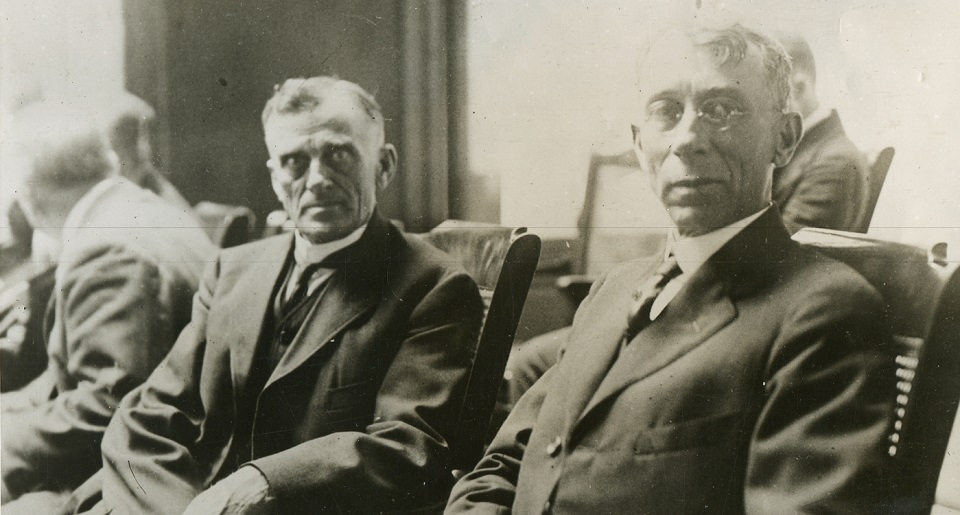
The criminal court case concluded in February 1916 that all defendants were not guilty. While justice was not done in the criminal actions, the civil court case should have assured a large settlement to the families of the 844 victims.
The damages to be awarded from the civil court case hinged on two issues.
If either of the above was true, then damages would be $10,000 per wrongful death (which was the Illinois state statute at the time). This would have meant a possible class action payout of nearly $9 million.
If, however, neither of the above was true, then damages would
be limited to the salvage value of the Eastland (less any prior claims).
Little progress was made in the civil court case until 1928. A jury trial was sought but was denied.
In December 1933, the Eastland was determined to be seaworthy and the causes of the disaster were determined to be beyond the knowledge and privity of the management.
In the end, the civil court concluded that the improper operation of the ballast tanks by the chief engineer was the only plausible explanation of the disaster.
However, Joseph Erickson, the chief engineer and now the “fall guy” of the Eastland Disaster, had died of heart disease years earlier in 1919.
Because of the ruling by the civil court, the damages were therefore limited to the scrap value of the Eastland. Its scrap value was already known when it was auctioned for $46,000 on December 20, 1915.
Prior claims of creditors far exceeded the salvage value of the vessel (and included nearly $42,000 for the raising of the Eastland, over $6,000 for the coal company, plus over $20,000 to other creditors).
Thus, the victims’ families received no monetary settlement as damages.